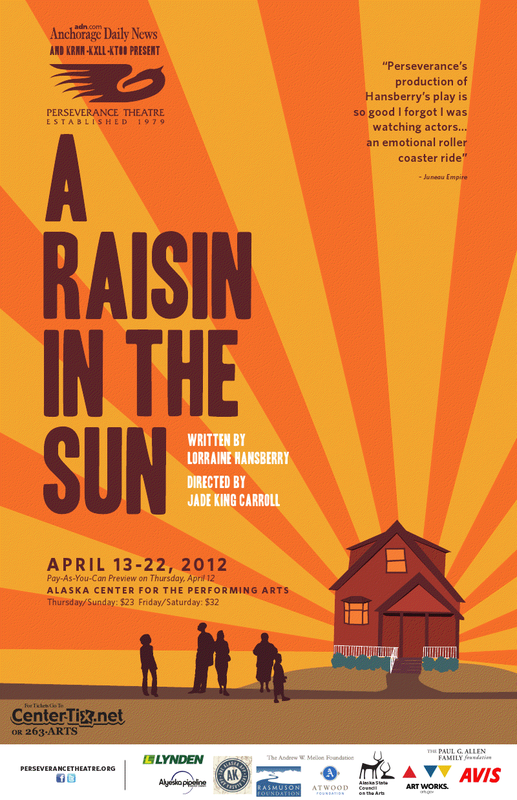

These districts consisted of overpriced, overcrowded, and poorly-maintained apartments and homes. The setting of A Raisin in the Sun is the ghetto of Chicago, where most blacks lived. However, a central theme of A Raisin in the Sun reveals how racism from the housing industry, government, religious leaders, and average Americans supported the segregated housing environment of Chicago. Many social issues of the 1950's, including feminism, gender roles, the black family, and the pan-African movement, as well as events within Hansberry's own life, are interweaved in this play.

Lorraine Hansberry (1930-1965) analyzes northern racism, as expressed by Bob Danning, and its cruel effects in her play A Raisin in the Sun, which she claims is "specifically Southside Chicago" (Hansberry. And I don't think we want to deny Negroes or anybody else the right to decent homes, just as good as ours. One resident, Bob Danning, explained his feelings and the feelings of his neighbors when he stated, "We're not bigots. When the all-white neighborhood of Deerfield discovered this, they were furious (Rosen 24). Hansberry's contribution to the Black Renaissance Literary Movement of the 20th Century."ĭuring 1959, in a growing neighborhood outside Chicago, Progress Development Corporation planned to sell ten to twelve new homes to blacks. The Chicago City Council designated the Hansberry family home a landmark on Februin recognition of Ms.

Hansberry said, "Sometimes you were shaken a bit, but you did it because you knew your dad was going to come back you up." Her play A Raisin in the Sun has the distinction of being the first drama written by a black woman to be produced on Broadway. Recalling the times she and her siblings would go to eat at a "whites-only" restaurant, Ms. Lee, resulted in a 1940 Supreme Court decision that helped to end racially discriminatory housing covenants across the city of Chicago. Hansberry then waged a three-year legal battle for the right to live in his home. Shortly after moving in, the Hansberrys were evicted based on the covenant. Rhodes in the white neighborhood of Woodlawn, and challenge the restrictive housing covenant that kept blacks from renting, leasing, or buying property in the community. Hansberry was nearly eight years old when her father, Carl Hansberry, decided to purchase a three-flat at 6140 S. "Chicago native and author Lorraine Hansberry drew on childhood experiences to write her acclaimed novel-turned-play A Raisin in the Sun, in which a black family faces discrimination after buying a home in an all-white neighborhood. However, it is little known that her play, A Raisin in the Sun (though reflective of the story of the collective) was also very much reflective of her personal experiences. Lorraine Hansberry was a genius! The way in which she described institutionalized racism through characters in "A Raisin in the Sun" was brilliant.


 0 kommentar(er)
0 kommentar(er)
